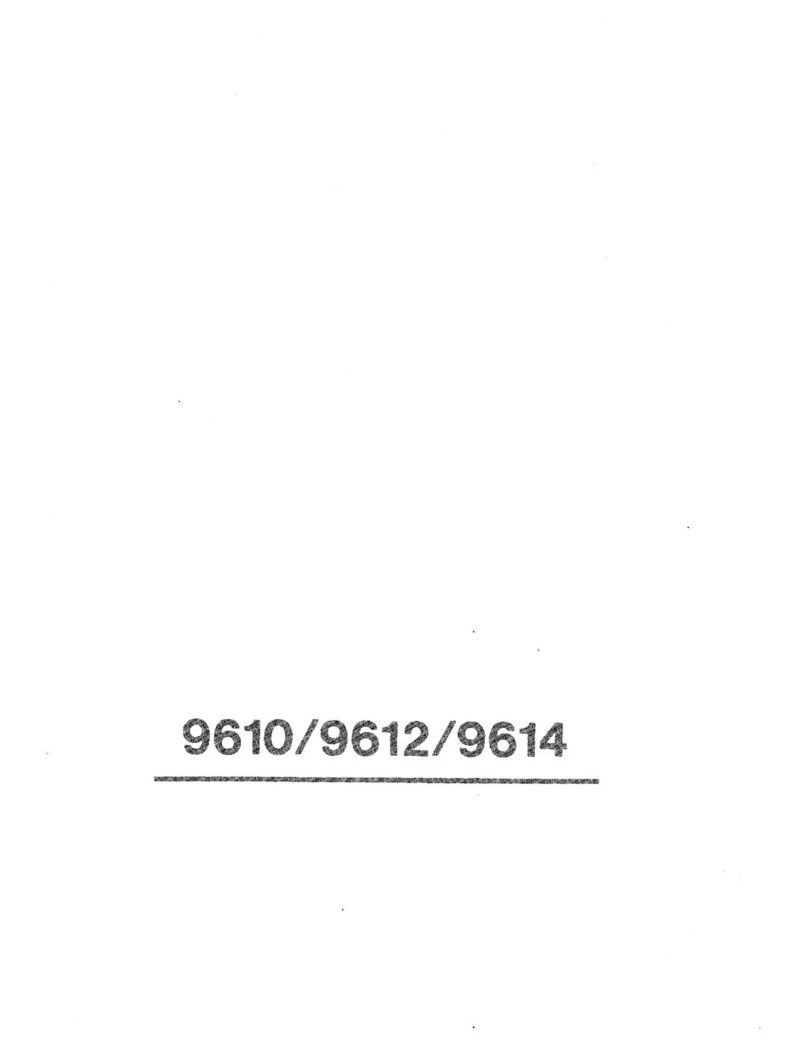Singer 675 User manual
Other Singer Sewing Machine manuals
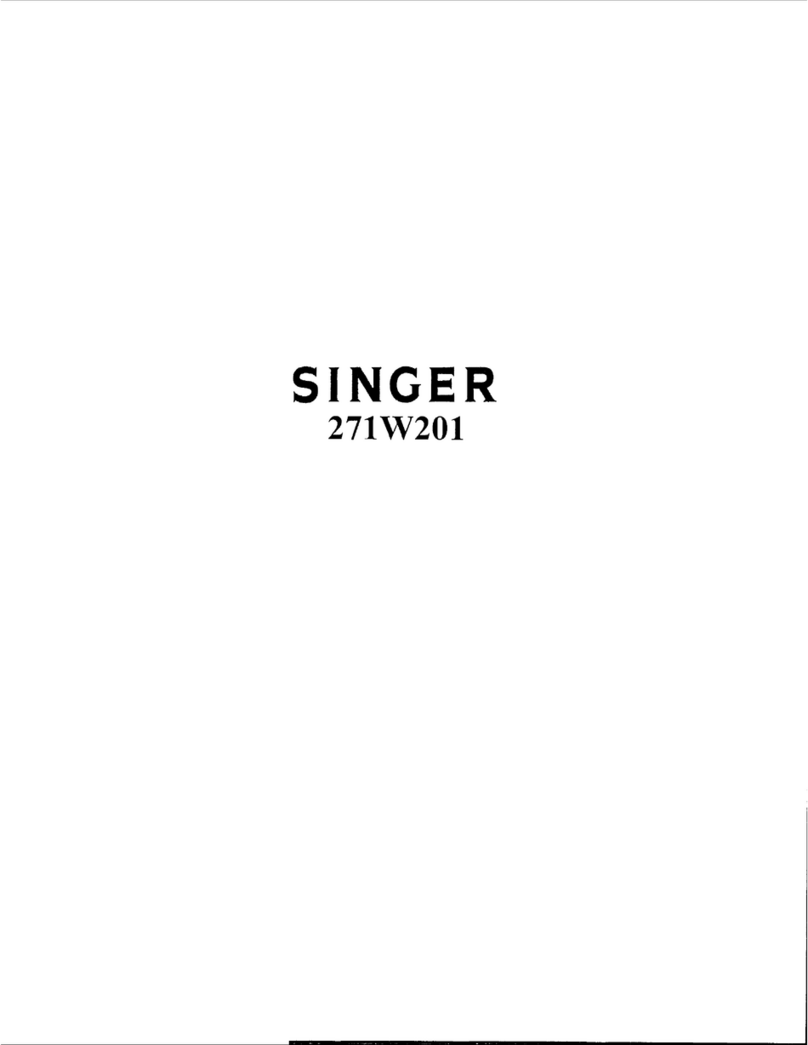
Singer
Singer 271W201 User manual
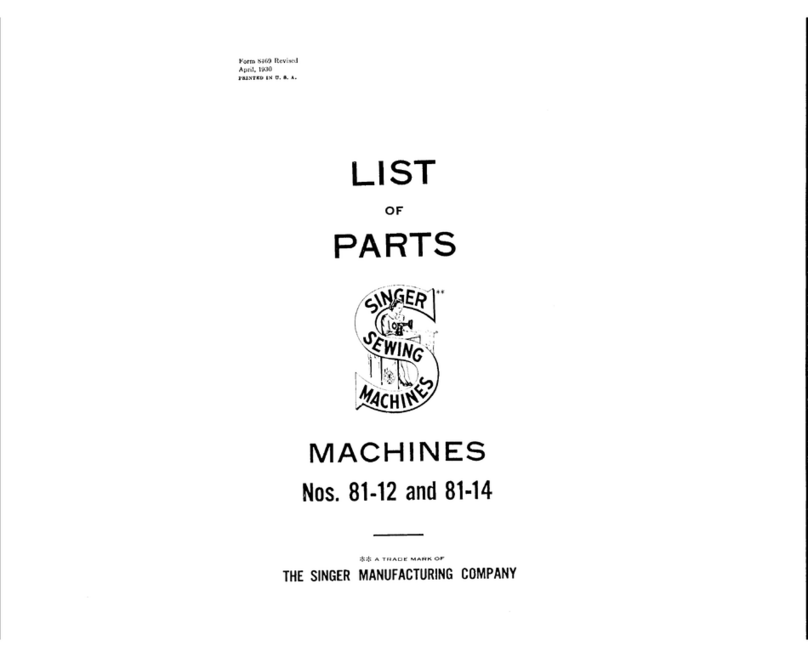
Singer
Singer 81-12 User manual
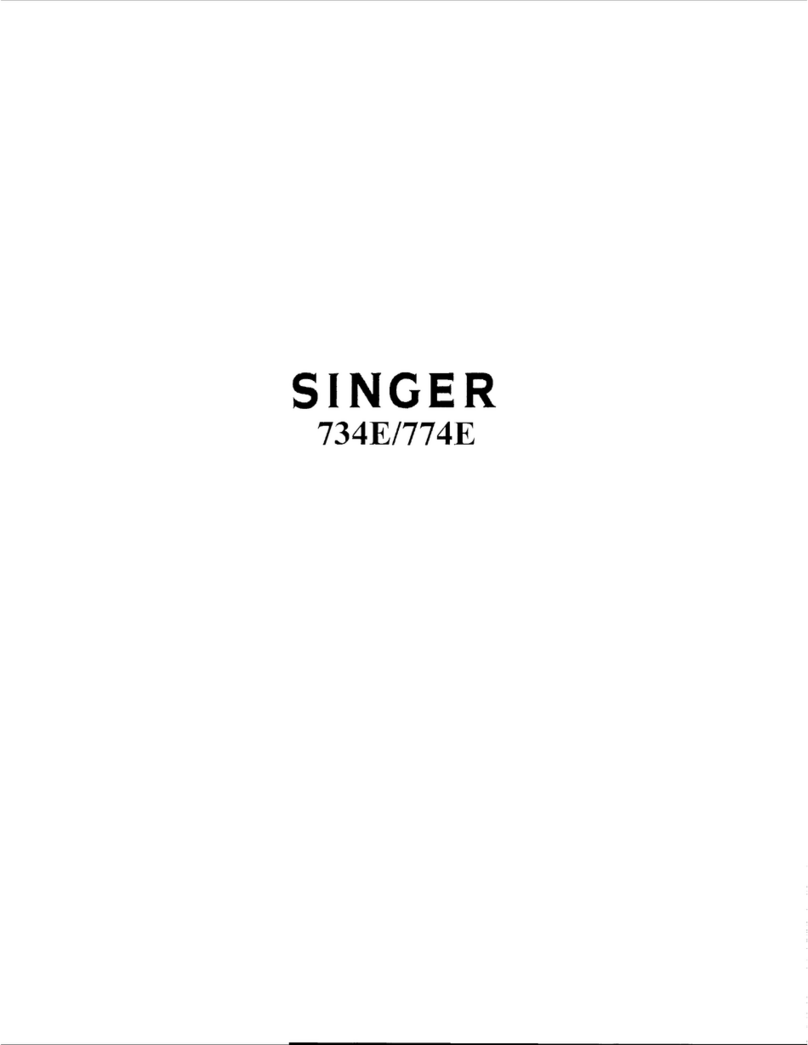
Singer
Singer 734E User manual
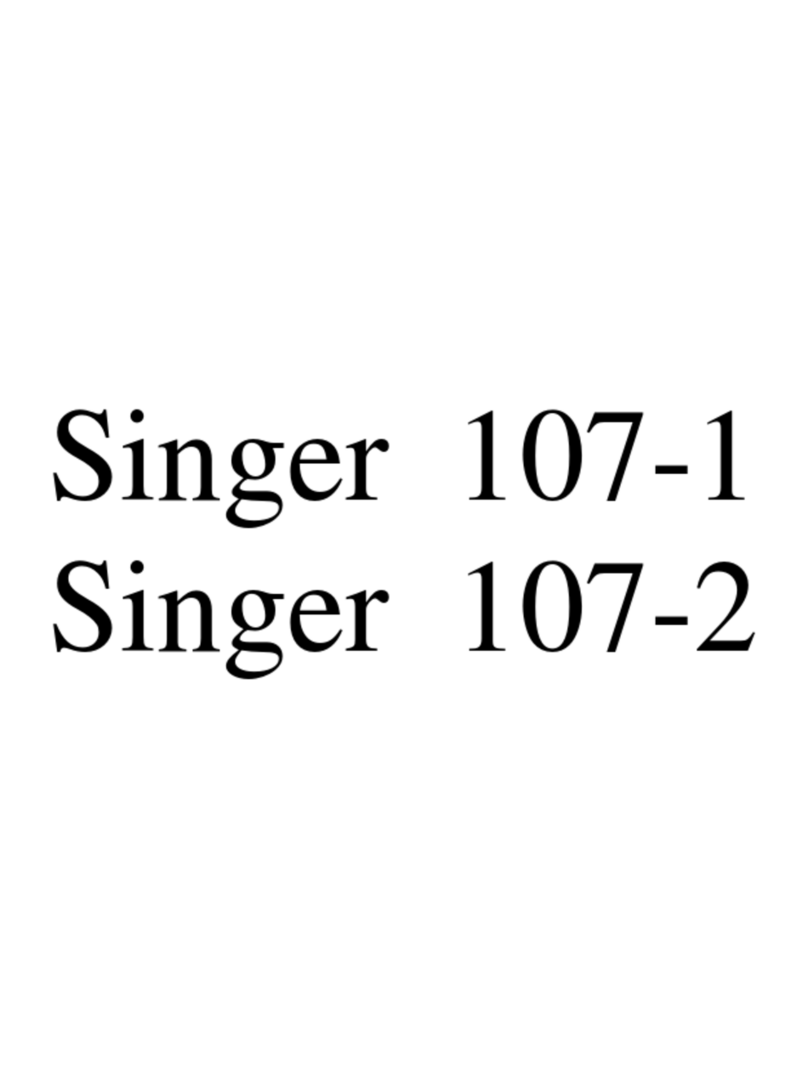
Singer
Singer 107-1 User manual
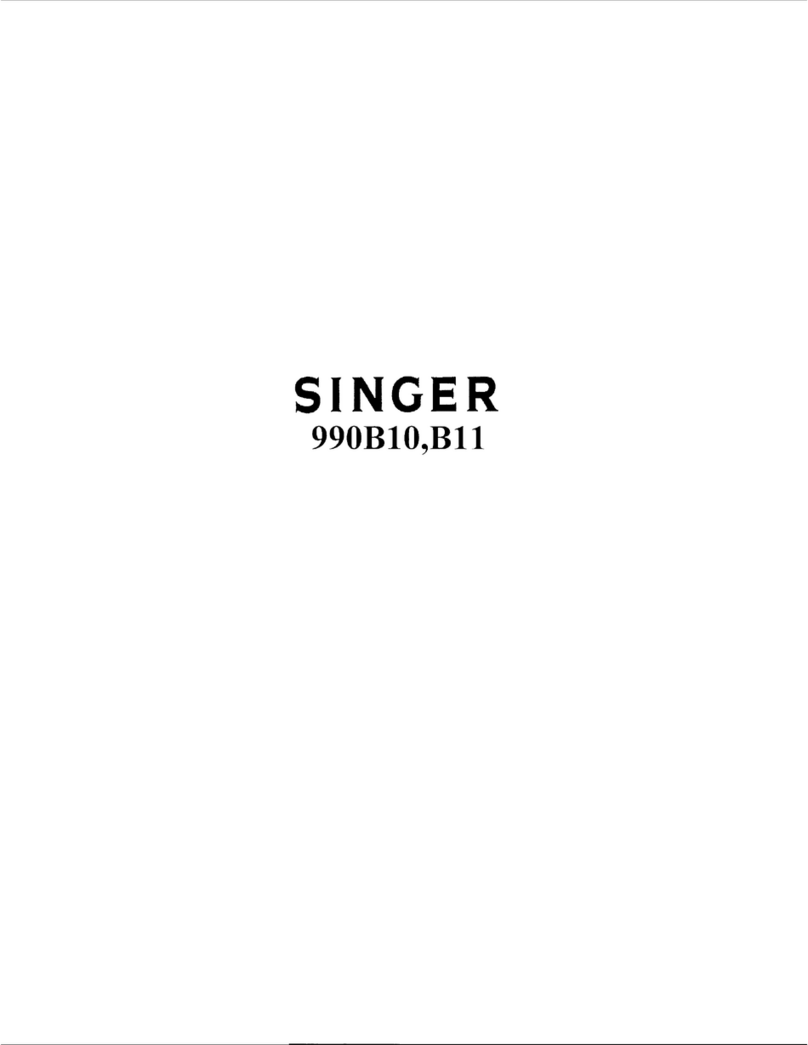
Singer
Singer 990B10 User manual

Singer
Singer 185 Installation and operation manual
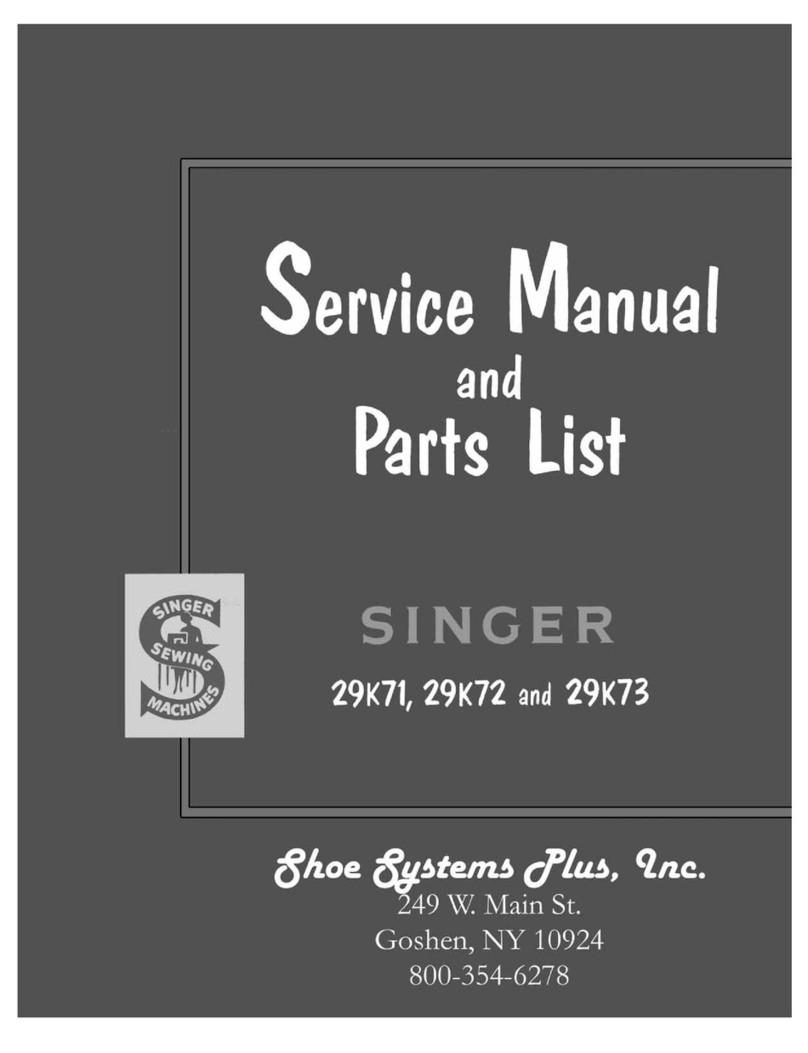
Singer
Singer 29K71 Troubleshooting guide
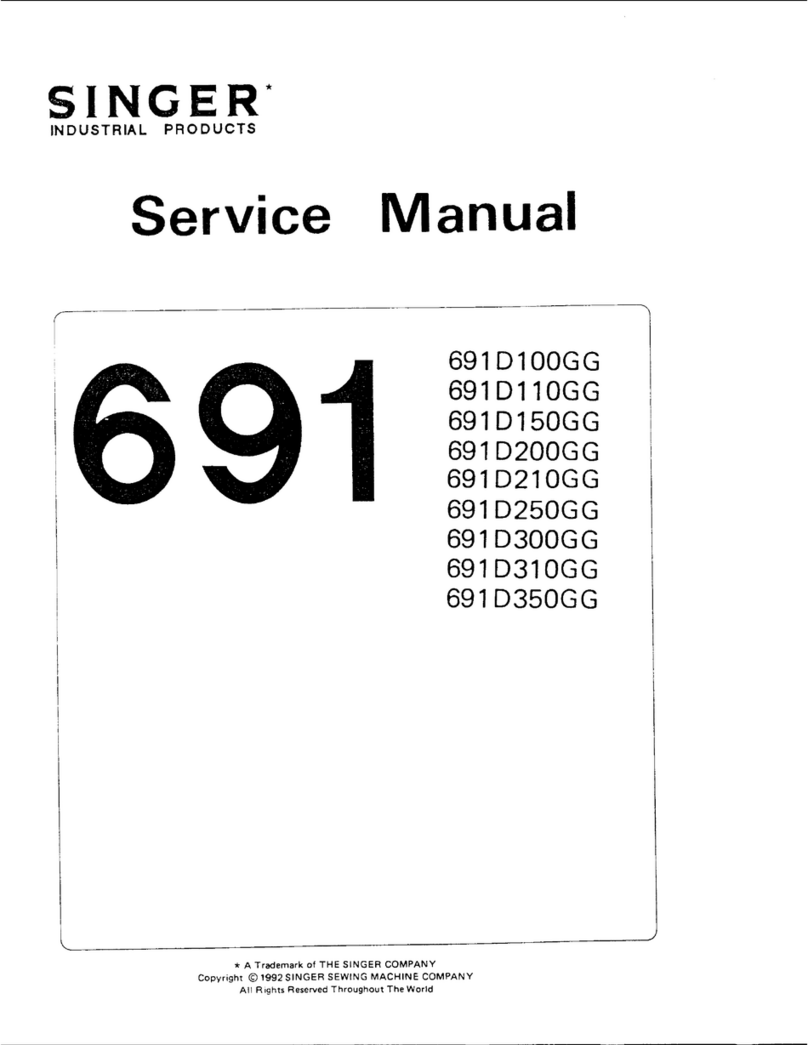
Singer
Singer 691D100GG User manual
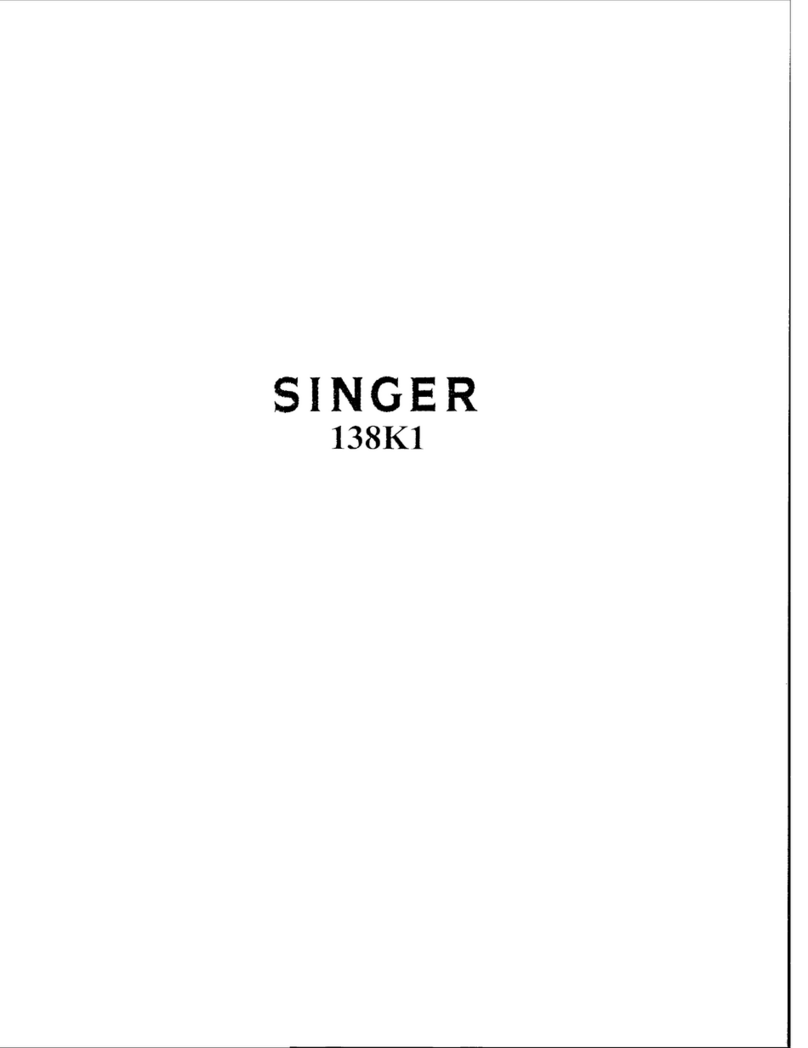
Singer
Singer 138K1 Installation and operation manual
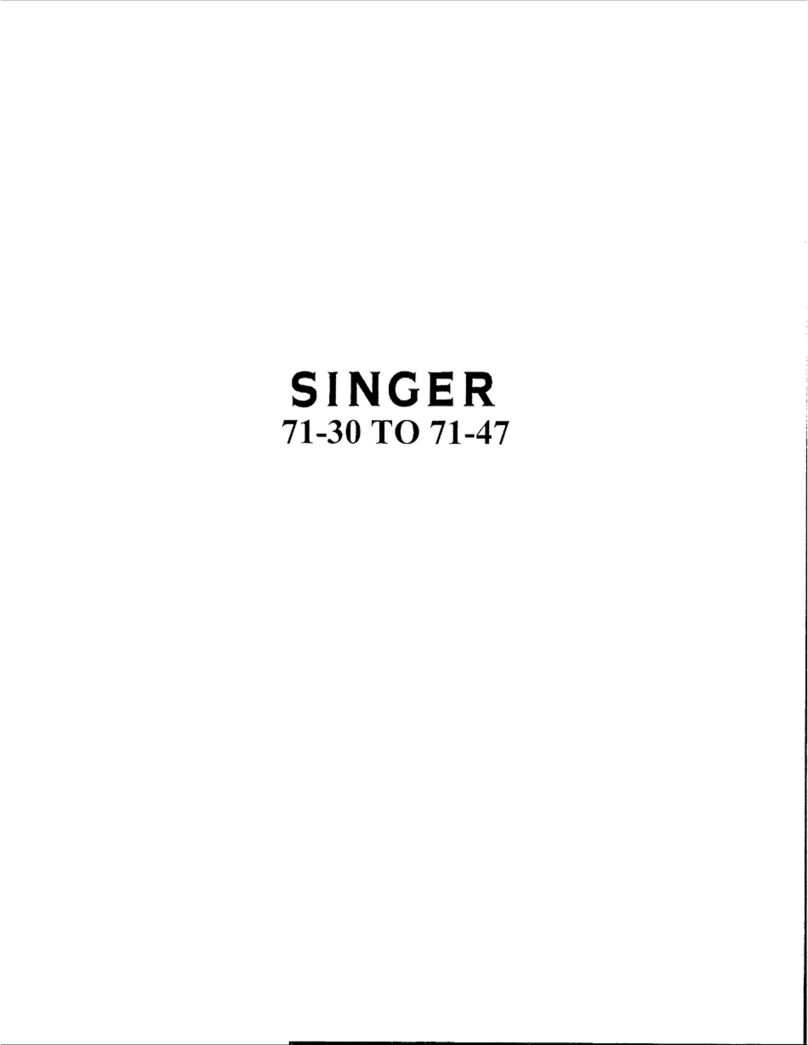
Singer
Singer 71-30 TO 70-47 User manual

Singer
Singer Fashion Mate 239 User manual
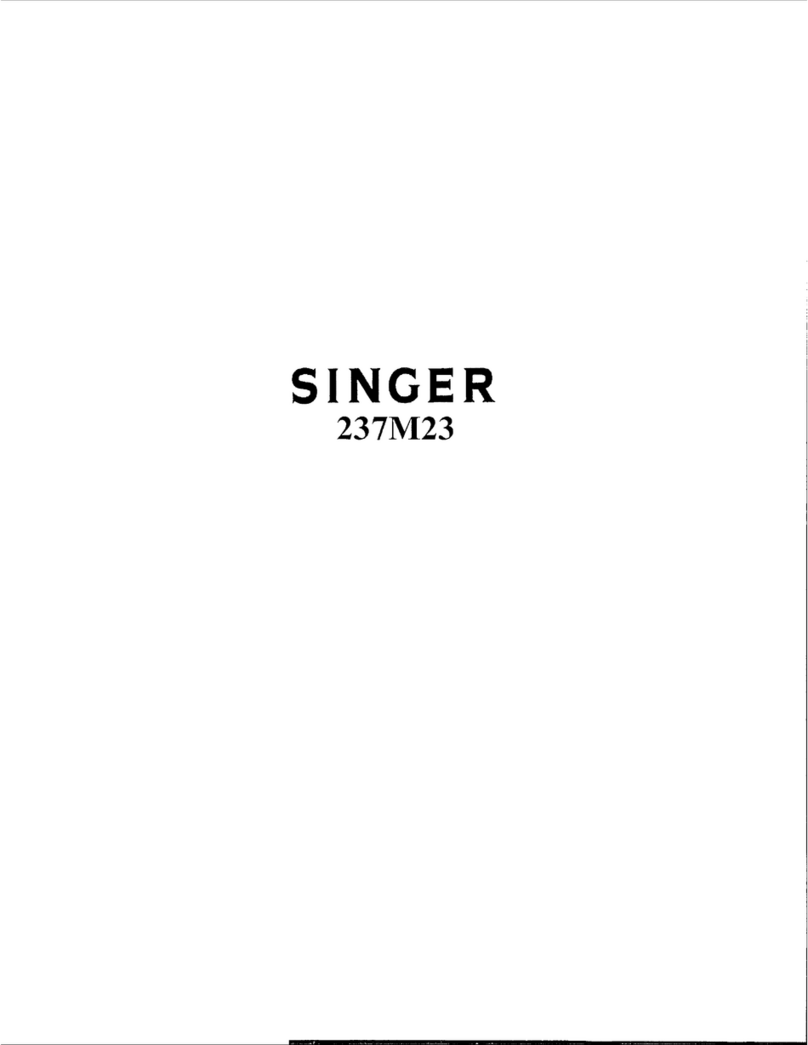
Singer
Singer 237M23 User manual
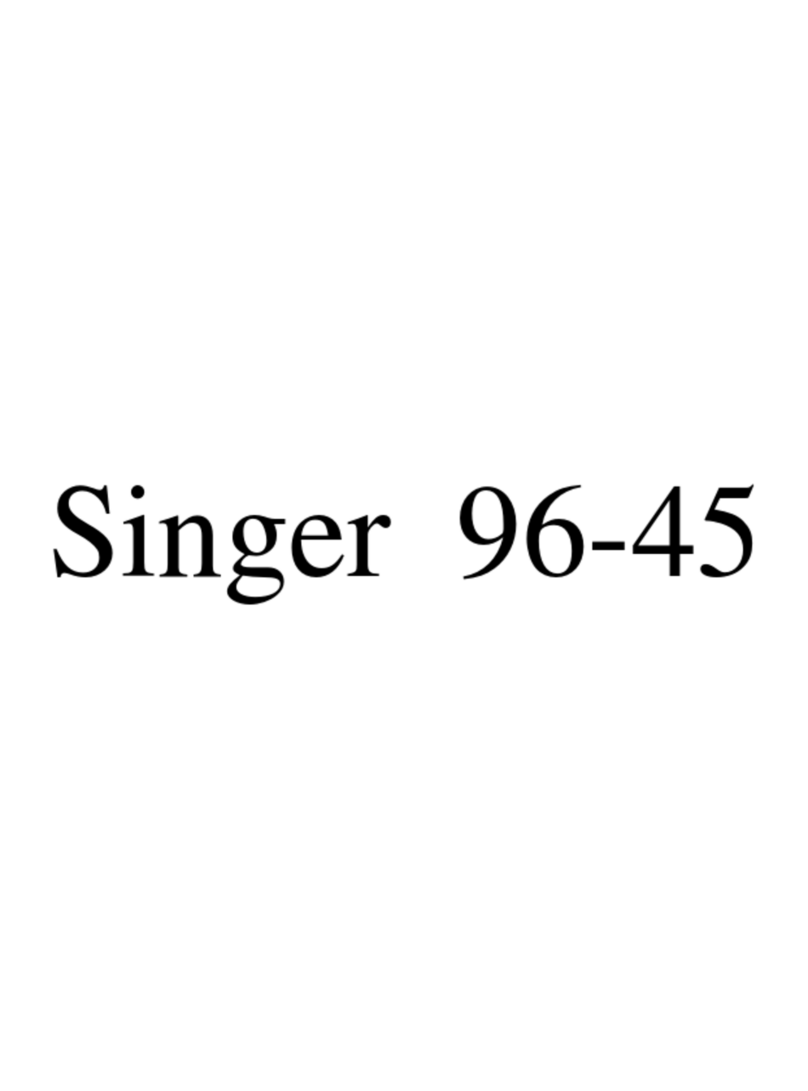
Singer
Singer 96-45 User manual
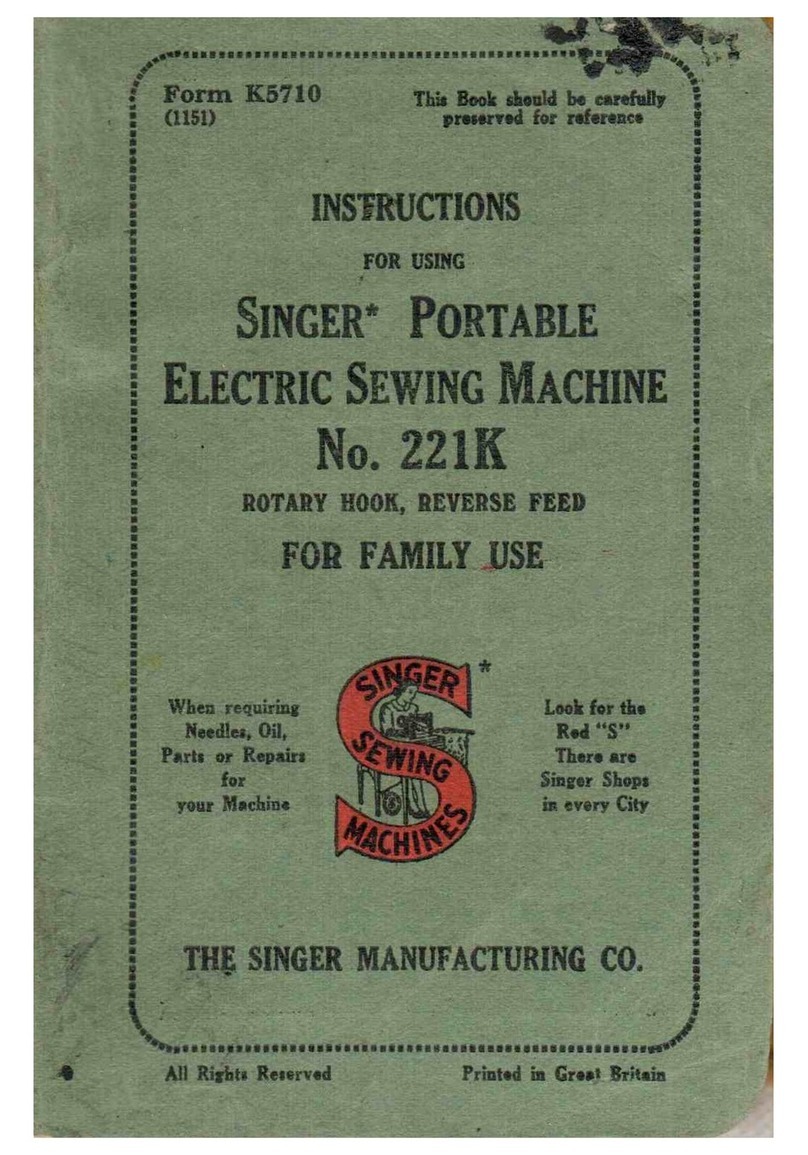
Singer
Singer 221K User manual

Singer
Singer 236U120 User manual
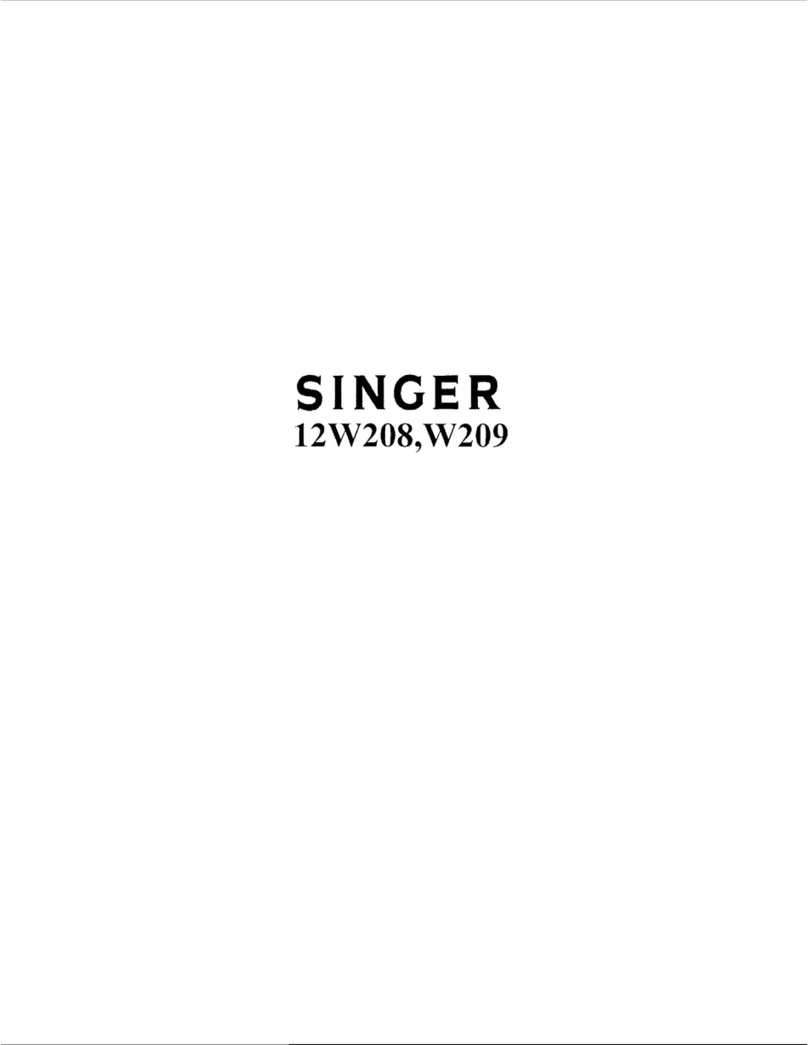
Singer
Singer 12W208 User manual
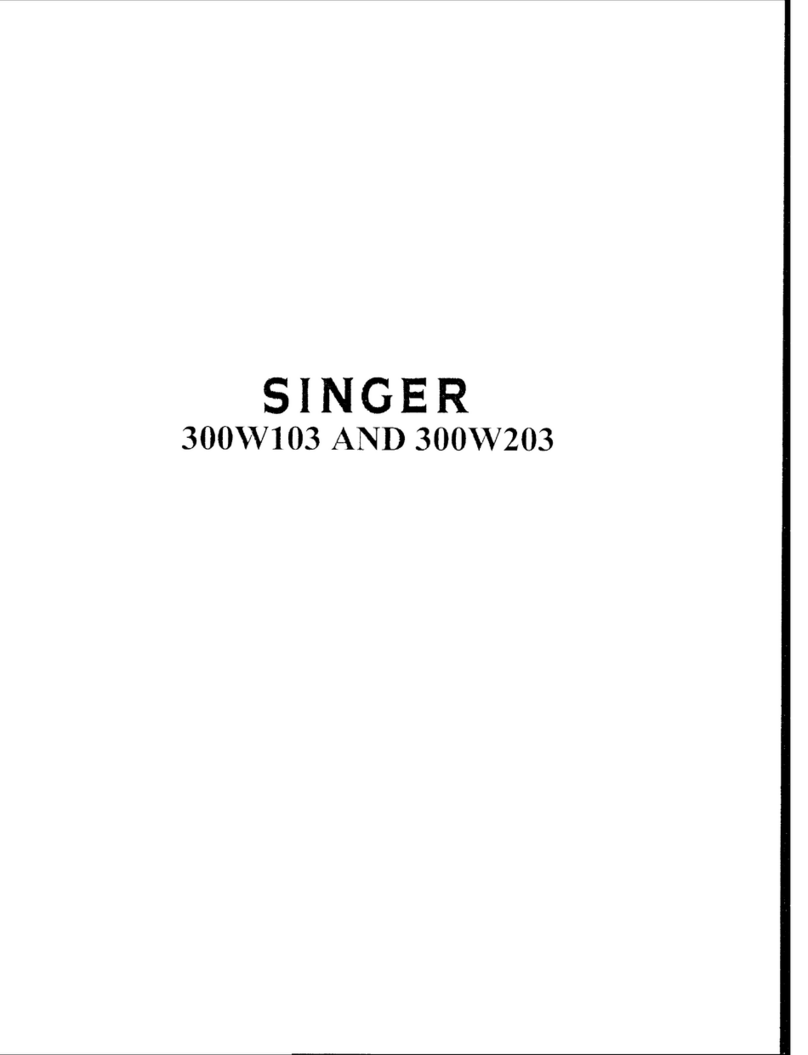
Singer
Singer 300W103 Quick start guide
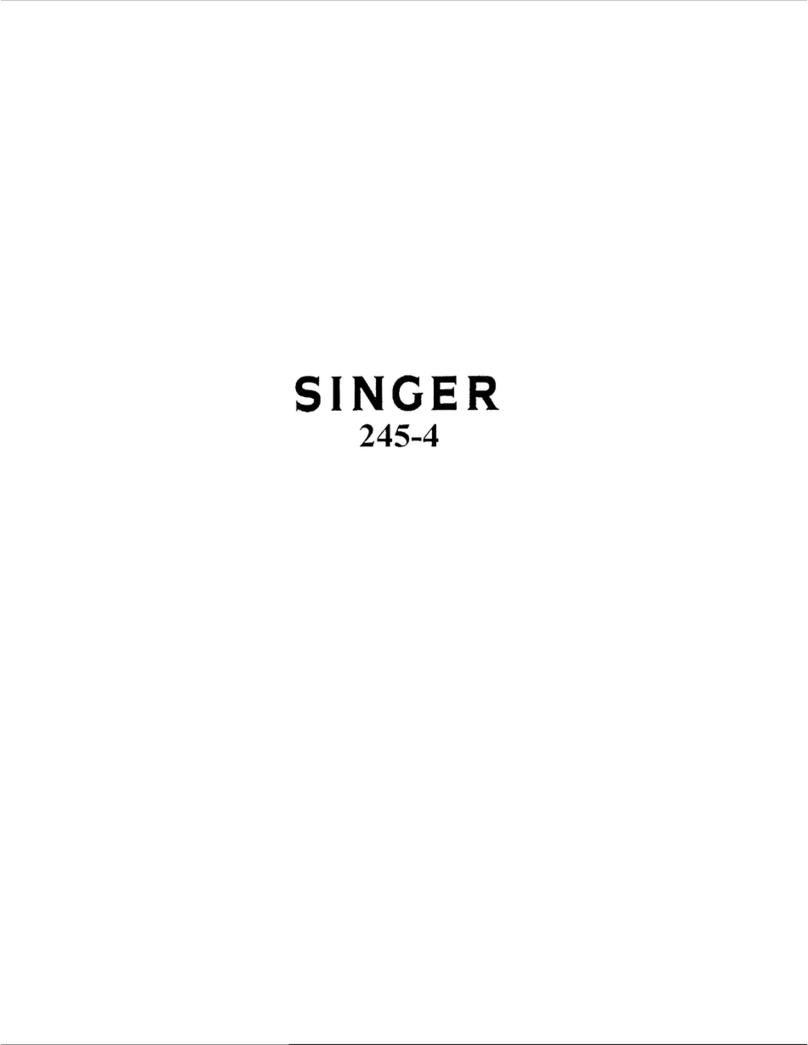
Singer
Singer 245-4 User manual
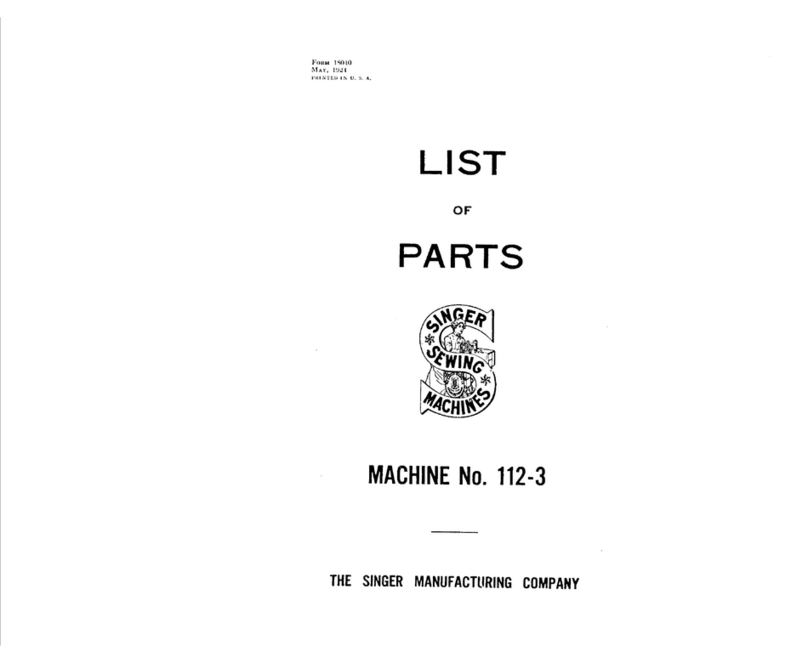
Singer
Singer 112-3 User manual
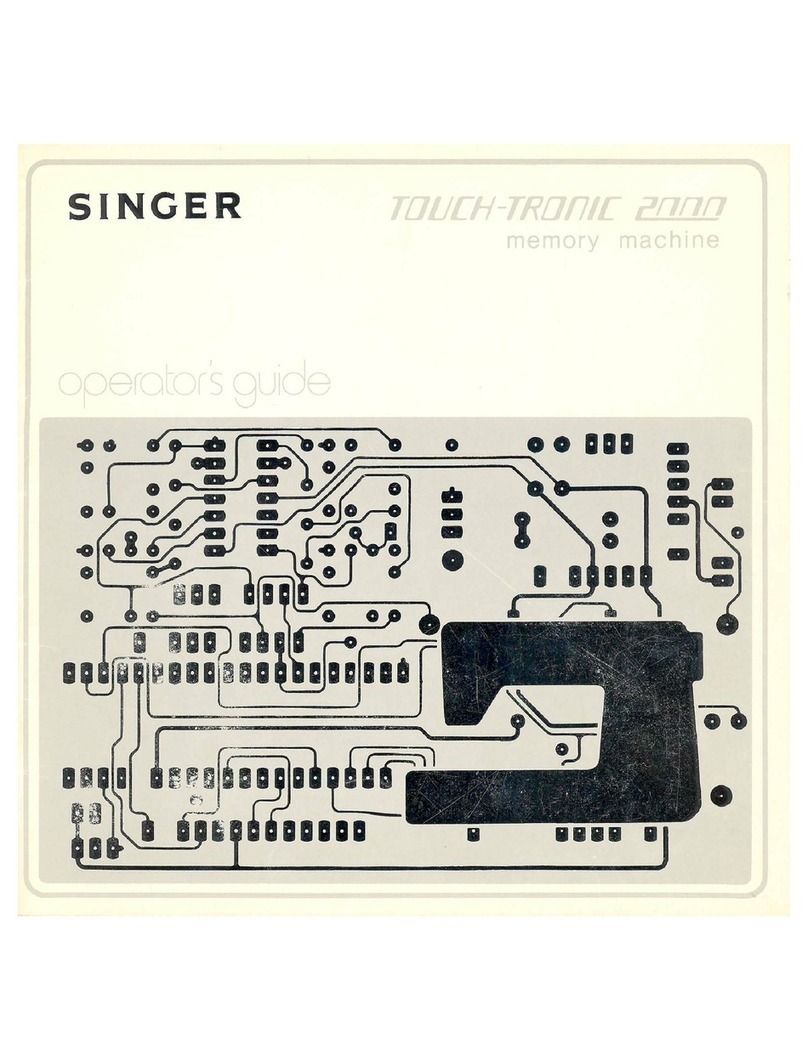
Singer
Singer TOUCH-TRONIC 2000 User manual
